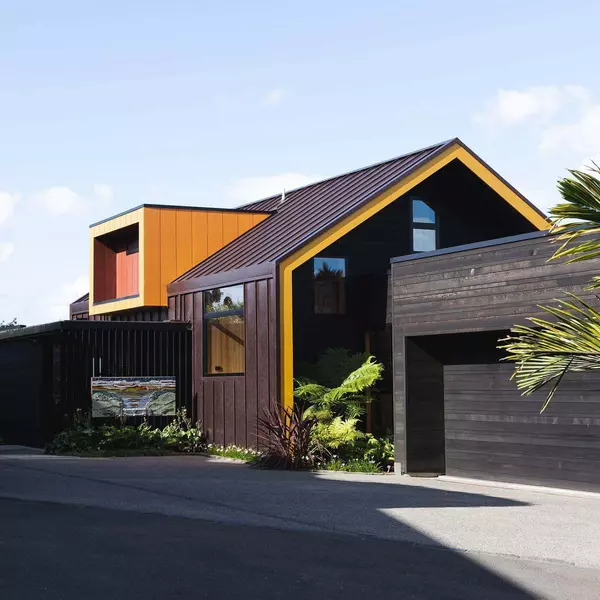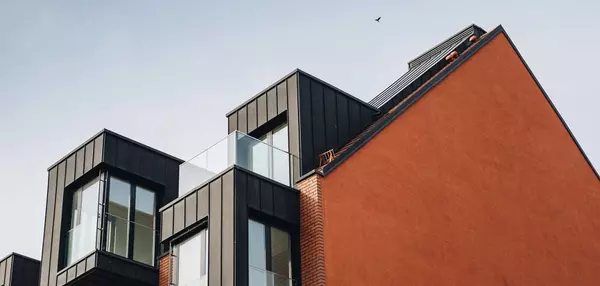New Build vs Existing Property
When it comes to purchasing a home, buyers often find themselves at a crossroads: should they invest in a new build or an existing property? Each option has its own set of advantages and considerations, and understanding these differences can help buyers make an informed decision that aligns with their needs and lifestyle.
One of the most appealing aspects of new construction is the potential for incentives offered by builders. Many developers provide enticing perks to attract buyers, such as covering closing costs, offering upgrades, or including appliances. These incentives can significantly reduce the overall cost of purchasing a home and make new builds more financially attractive. In contrast, existing properties typically do not come with such incentives, though sellers may be open to negotiations on price or repairs.
Interest rates also play a critical role in the decision-making process. In recent years, mortgage rates have fluctuated, impacting buyers’ purchasing power. New construction may come with fixed-rate options that can protect buyers from future rate hikes. However, existing homes may also offer competitive financing options, especially if they are priced lower than newly built homes. Buyers should consider how interest rates affect their overall budget when deciding between these two options.
Maintenance is another important factor to weigh. New homes are often built with modern materials and techniques that require less immediate upkeep compared to older properties. Most new builds come with warranties that cover major repairs for several years, providing peace of mind for buyers who want to avoid unexpected expenses. On the other hand, existing homes may need immediate repairs or renovations due to wear and tear over time. While some buyers appreciate the character and charm of older homes, they must also be prepared for potential maintenance costs down the line.
Location is crucial in real estate, and both new builds and existing properties have their unique advantages in this regard. New construction is often found in developing neighborhoods where amenities such as schools, parks, and shopping centers are being established. These areas may offer a fresh start for families looking to settle down in a growing community. Conversely, existing properties are usually located in established neighborhoods with mature landscaping and a sense of history. Buyers who value proximity to urban centers or established communities might lean towards existing homes.
Workmanship can vary significantly between new builds and existing properties. New constructions typically adhere to current building codes and standards, ensuring quality workmanship throughout the home. Buyers have the opportunity to customize finishes during the construction process, allowing them to create a space that reflects their personal style. In contrast, existing homes may exhibit craftsmanship from different eras—some charmingly unique but potentially outdated or requiring updates to meet modern standards.
Character is often cited as one of the main draws of older homes. Unique architectural details, historical significance, and established landscaping contribute to an ambiance that many buyers find appealing. Existing properties often come with stories embedded in their walls—something that newer constructions sometimes lack due to their uniformity. However, this character can come at a price; older homes may require more repairs or renovations than anticipated.
Repairs are an inevitable part of homeownership regardless of whether you choose new construction or an existing property. However, the nature and frequency of repairs will likely differ based on your choice. New builds generally require fewer repairs initially due to warranties covering major systems like plumbing and electrical work for several years after purchase. Existing homes may demand immediate attention for issues like roof leaks or outdated HVAC systems—expenses that can add up quickly if not planned for.
Warranty coverage is another critical distinction between these two types of properties. Many builders offer warranties on new constructions that cover defects in workmanship or materials for a specified period (often 10 years for structural issues). This safety net can be incredibly beneficial for first-time homeowners who might not have experience dealing with significant repairs or maintenance tasks.
Lastly, when considering neighborhoods, it's essential to evaluate what each type of property offers within its community context. New developments might focus on creating family-friendly environments with parks and recreational facilities designed specifically for residents' needs. Meanwhile, existing neighborhoods often boast rich histories with diverse architectural styles and established community ties that can enhance quality of life.
Ultimately, whether you choose a new build or an existing property depends on your priorities as a buyer—financial considerations like incentives and interest rates; personal preferences regarding maintenance and character; as well as long-term goals related to location and community involvement all play vital roles in this decision-making process.
In conclusion, both new construction and existing properties present unique benefits tailored to different buyer needs. By carefully weighing factors such as incentives offered by builders versus negotiation opportunities with sellers; assessing interest rates against long-term financial impacts; evaluating maintenance requirements alongside warranty protections; appreciating location dynamics while considering neighborhood characteristics; prospective homeowners can navigate this pivotal choice confidently.
Recent Posts











